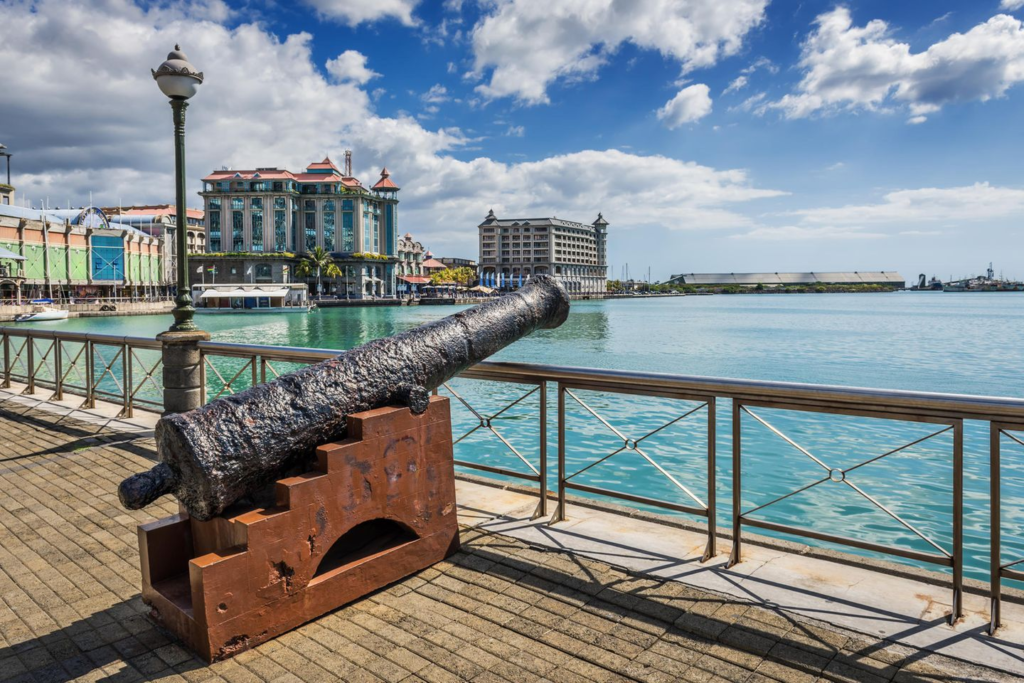Mauritius, an island paradise known for its pristine beaches and vibrant culture, also has a rich and fascinating history waiting to be explored. From its colonial past to its role in the global spice trade, the island’s historical sites offer visitors a chance to journey back in time and understand the cultural evolution that has shaped this diverse nation. In 2024-2025, Mauritius continues to unveil its story through well-preserved landmarks, museums, and heritage sites, making it a compelling destination for history enthusiasts.
Whether you’re exploring former plantations, ancient temples, or UNESCO World Heritage sites, Mauritius offers an intriguing look into its colonial history, its diverse population, and its transformation into a modern, multicultural society. Below is a guide to some of the most notable historical sites in Mauritius, offering a deep dive into the island’s past.
1. Aapravasi Ghat: A UNESCO World Heritage Site
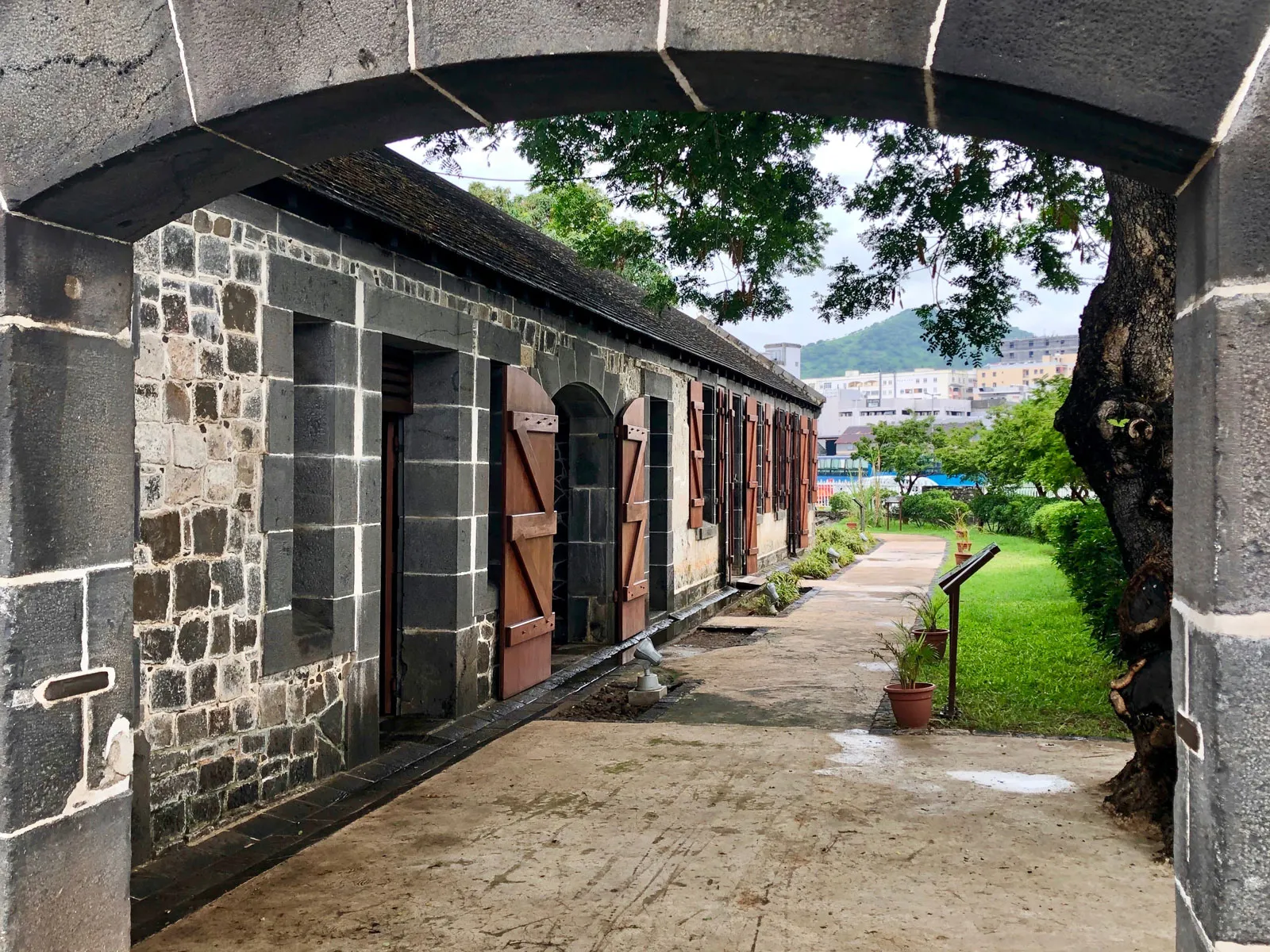
One of Mauritius’ most significant historical landmarks is Aapravasi Ghat, a UNESCO World Heritage site located in Port Louis. This historic building was the landing point for indentured laborers who arrived in Mauritius during the 19th century, primarily from India, to work on sugar plantations. Aapravasi Ghat tells the story of the island’s colonial past, when the British brought workers to replace enslaved Africans after the abolition of slavery.
Visitors to Aapravasi Ghat can explore its museum, which houses a collection of artifacts and displays about the lives of these laborers. The site is a powerful reminder of the island’s complex history, with a focus on the contributions of the laborers who helped shape modern Mauritius.
2. Le Morne Brabant: A Symbol of Resistance
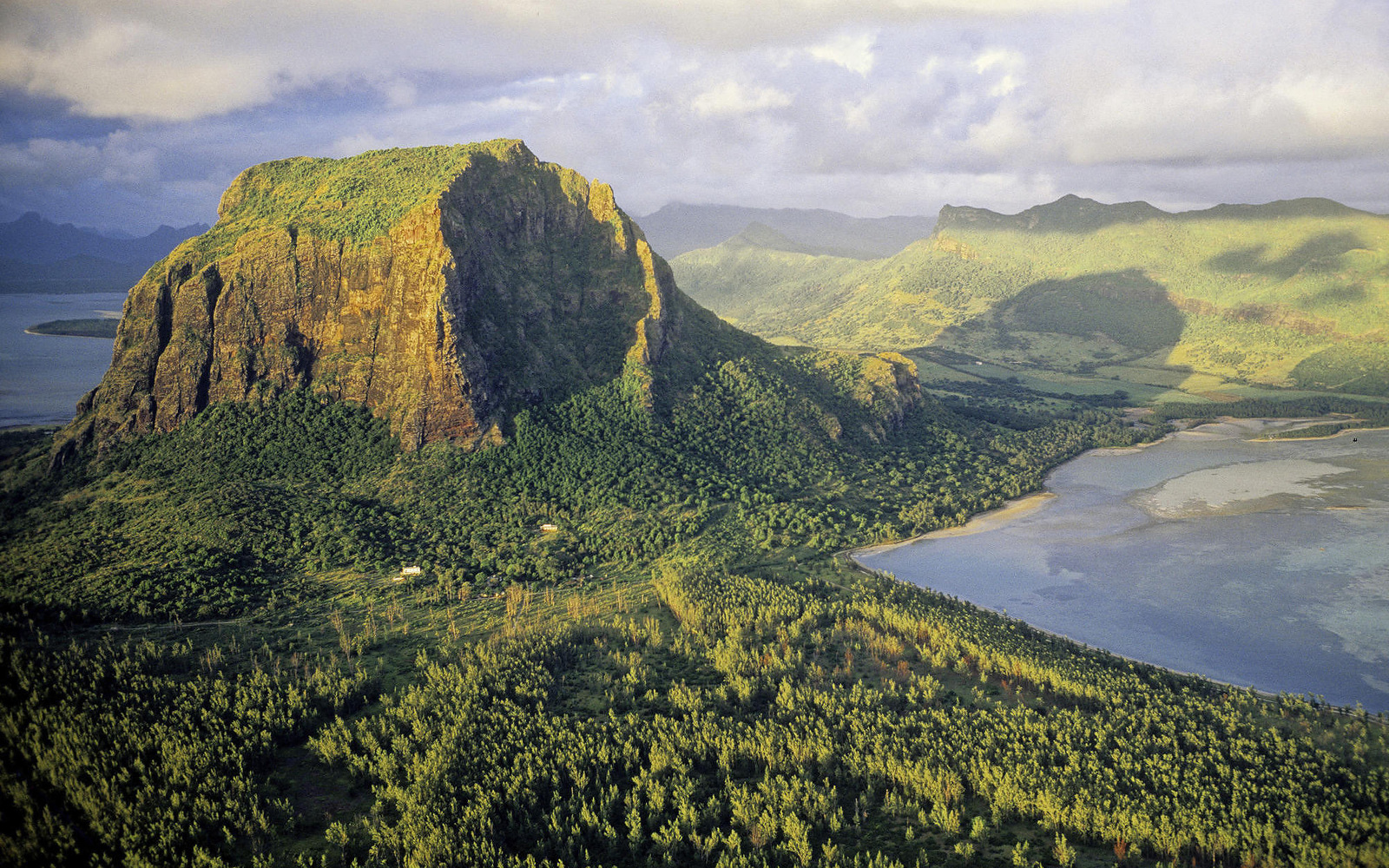
For those interested in Mauritius’ history of slavery and resistance, Le Morne Brabant is a must-visit. This UNESCO-listed mountain is an important symbol in the fight for freedom. In the 18th and 19th centuries, runaway slaves, known as maroons, sought refuge in the rugged terrain of Le Morne, making it a symbol of resistance against colonial rule.
The mountain is also tied to the tragic story of the mass suicide of slaves in 1810, when British soldiers arrived to capture them. Today, the Le Morne Brabant Cultural Landscape is a place of commemoration, and visitors can hike to the summit for stunning views while reflecting on this important chapter in Mauritius’ history.
3. The Blue Penny Museum: A Glimpse into Mauritius’ Colonial Past
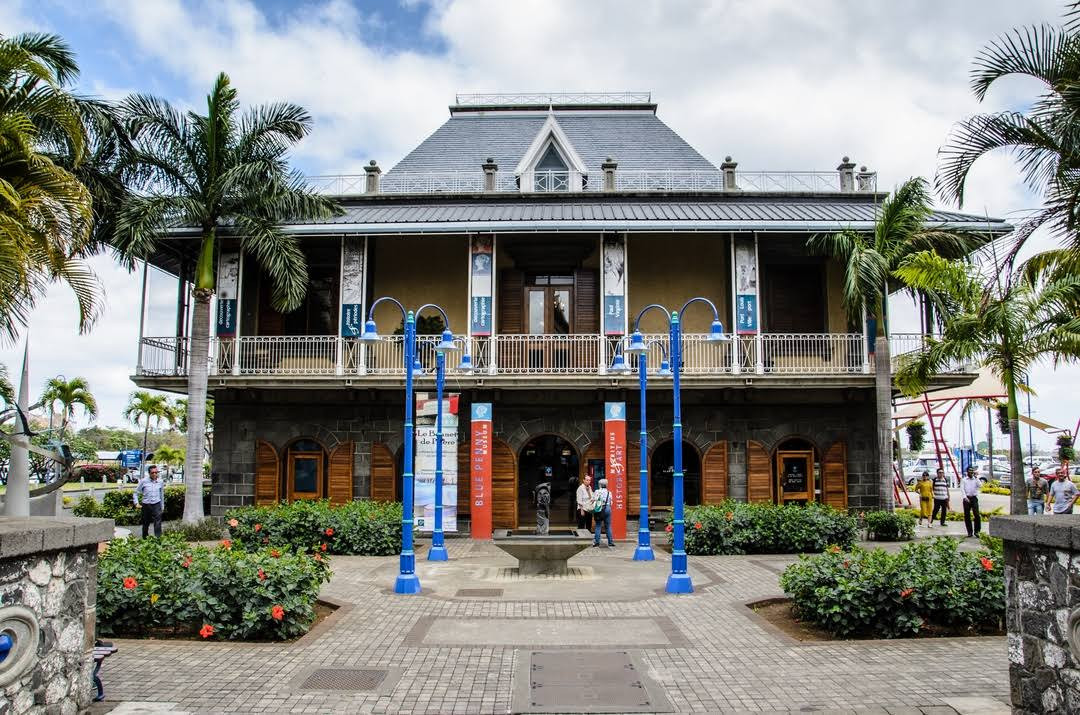
Located in the heart of Port Louis, the Blue Penny Museum offers an in-depth look at Mauritius’ colonial past and the role it played in the global trade network. The museum is named after one of the world’s rarest stamps, the Blue Penny, which was issued in Mauritius in 1847. This stamp is considered a valuable piece of world history, and the museum showcases this as part of a broader collection of historical documents, coins, and maps.
The museum also delves into the island’s colonial era, with exhibits about the French and British rule, the sugar trade, and the cultural interactions that shaped the island’s society. It’s an essential stop for anyone wanting to understand the colonial influence on modern-day Mauritius.
4. The Sugar Museum (L’Aventure du Sucre)

No historical exploration of Mauritius is complete without a visit to L’Aventure du Sucre, the Sugar Museum located in an old sugar factory in the village of Beau Plan. Sugar production played a crucial role in the island’s economy during the colonial period, and the museum offers visitors a fascinating look at the history of the sugar industry and its impact on Mauritius’ development.
The museum’s exhibits cover the introduction of sugar cane to the island, the brutal history of slavery and indentured labor, and the technological innovations in sugar production. It also highlights how sugar shaped the island’s social and economic structure, providing context for many of the challenges and successes Mauritius has faced throughout its history.
Visitors can explore the museum’s interactive displays, sample some of the island’s famous rum and sugar products, and learn about the lasting legacy of the sugar industry.
5. Grand Bassin: A Sacred Hindu Site
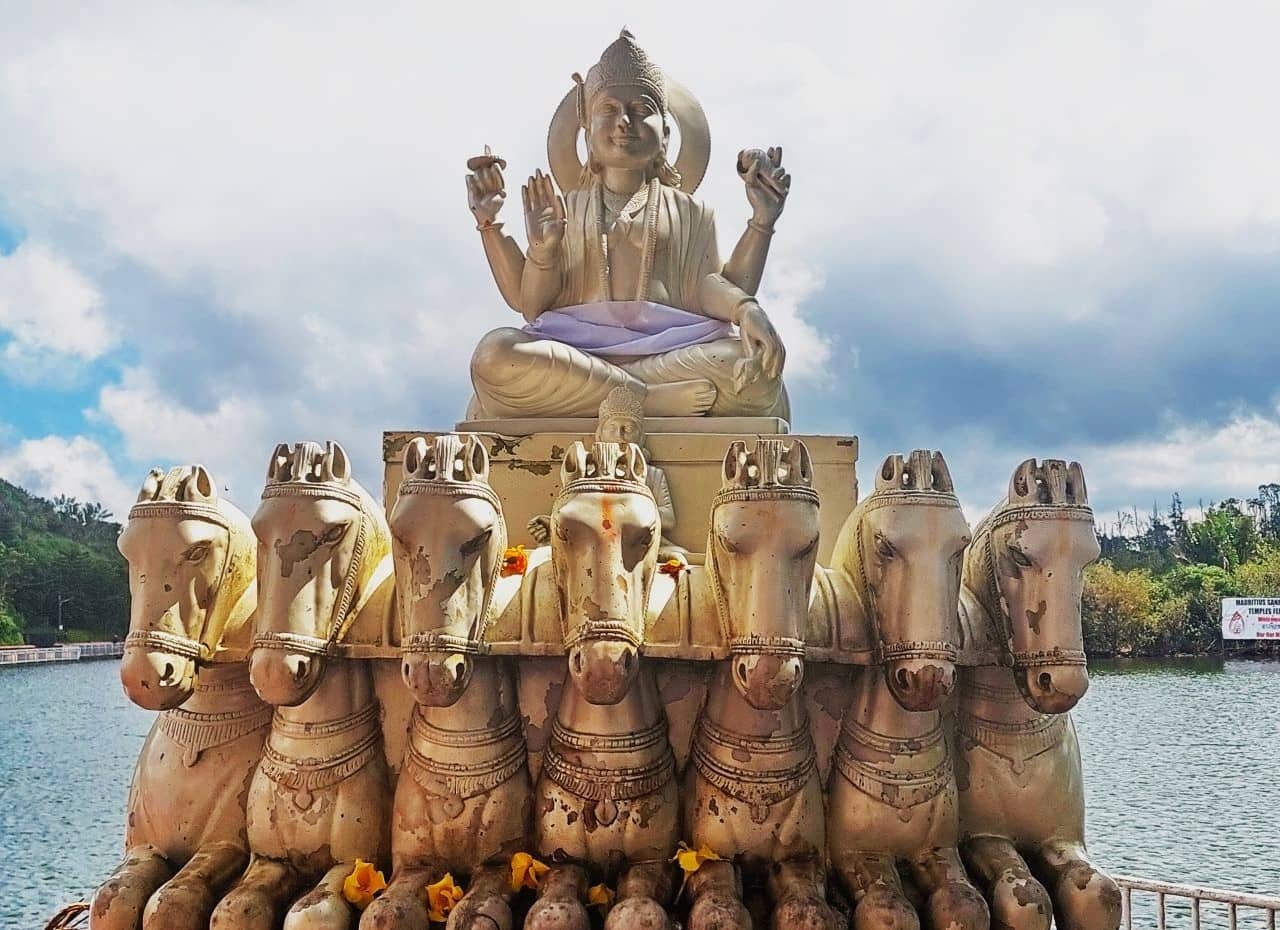
Grand Bassin, also known as Ganga Talao, is a sacred lake located in the center of the island. It is an important pilgrimage site for Mauritian Hindus, who believe it to be a sacred place where the water from the Ganges River in India was brought. The lake is surrounded by temples and statues of Hindu deities, and it plays a central role in the annual Maha Shivaratri festival, one of the most important Hindu celebrations on the island.
A visit to Grand Bassin provides insight into the religious history of Mauritius and the influence of Indian culture on the island’s identity. The tranquil surroundings, along with the serene lake and temple complex, make it a peaceful and reflective place to learn about Mauritius’ Hindu heritage.
6. Eureka House: Colonial Architecture and History
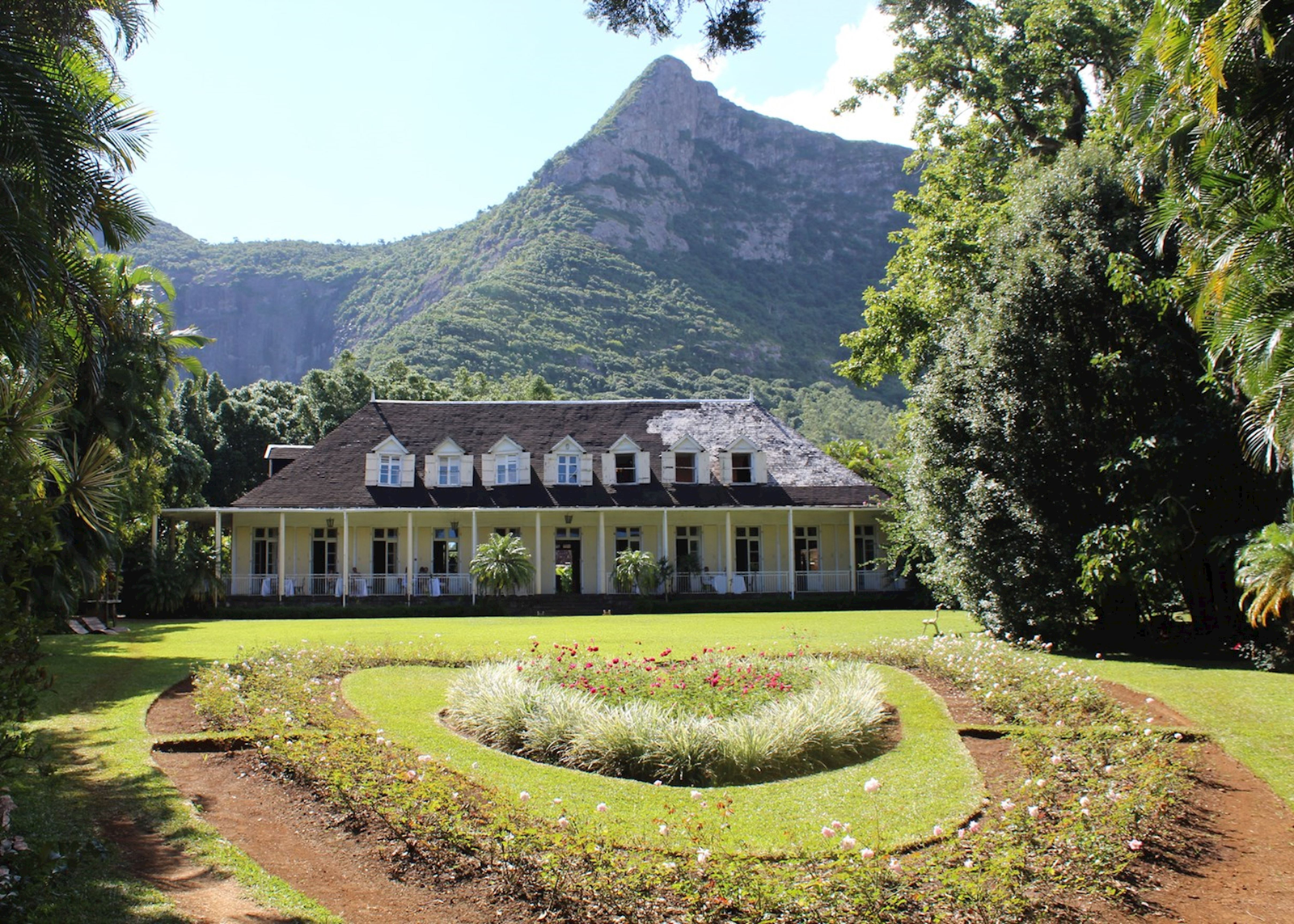
For a glimpse into the island’s colonial-era architecture, Eureka House in Moka is a must-see. Built in 1830, Eureka is one of the oldest colonial houses in Mauritius, offering an immersive experience into the lifestyle of the island’s wealthy plantation owners during the 19th century.
The house is set within lush gardens, providing a snapshot of the island’s colonial past. The interiors are filled with antique furniture and artifacts, showcasing the lifestyle of the time. Eureka House also tells the story of the island’s plantation history and the lives of both the aristocratic families and the laborers who worked the land.
Visitors can explore the house and the surrounding grounds, where walking trails lead to nearby waterfalls, making it an ideal destination for both history buffs and nature lovers.
7. Port Louis: The Capital’s Colonial Legacy
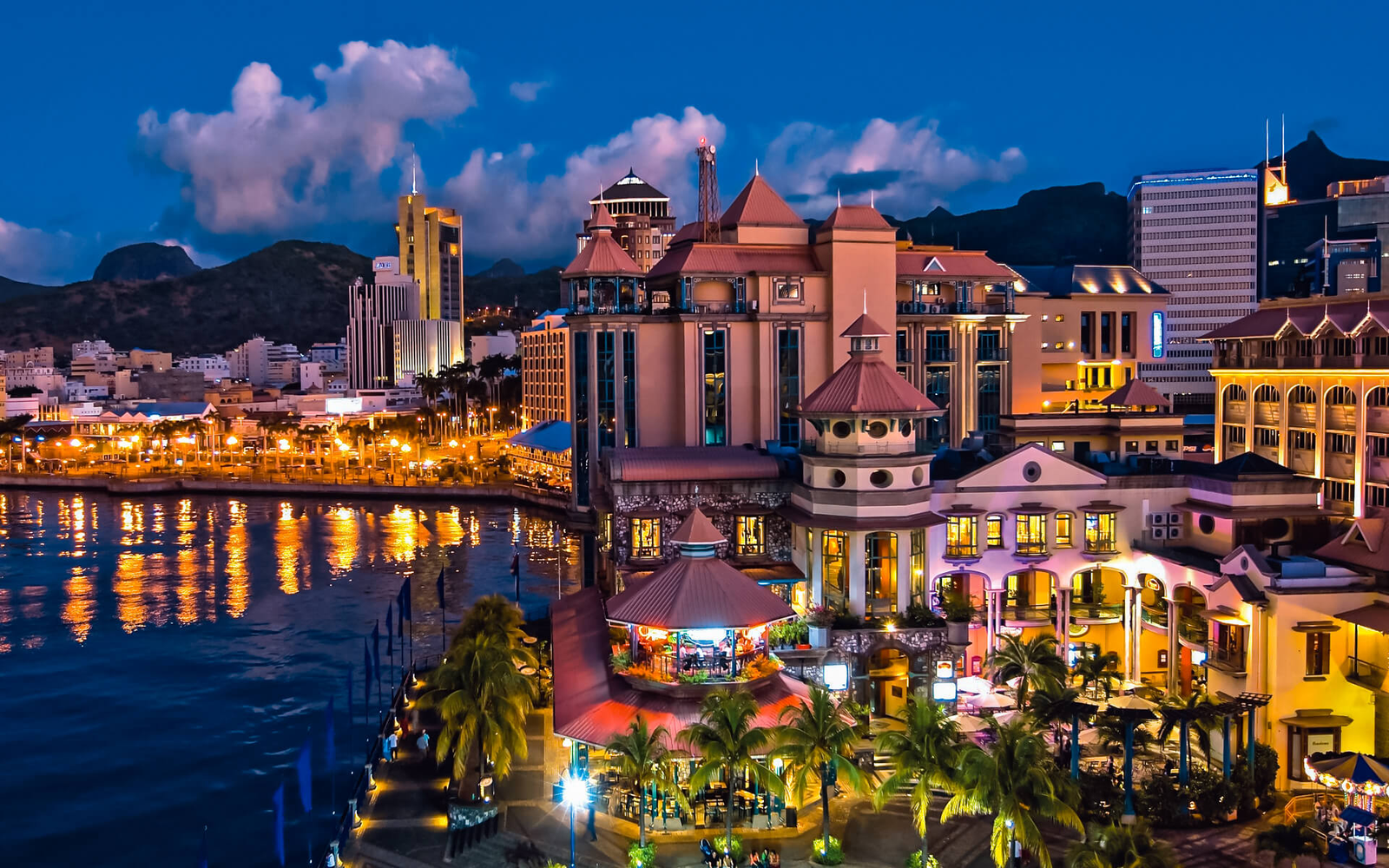
Port Louis, the capital of Mauritius, is a vibrant city where the past and present converge. The city’s colonial history is visible in its architecture, markets, and historical buildings. Key sites include the Fort Adelaide (or La Citadelle), an 18th-century fortress built by the British to protect the port. The fort offers panoramic views of the city and the harbor, as well as insight into the military history of the island.
The Central Market is another must-visit historical spot in Port Louis. Established in the 19th century, this bustling market is an excellent place to experience the island’s diverse cultural heritage and purchase locally made goods.
8. Pamplemousses Botanical Garden: A Historical Oasis
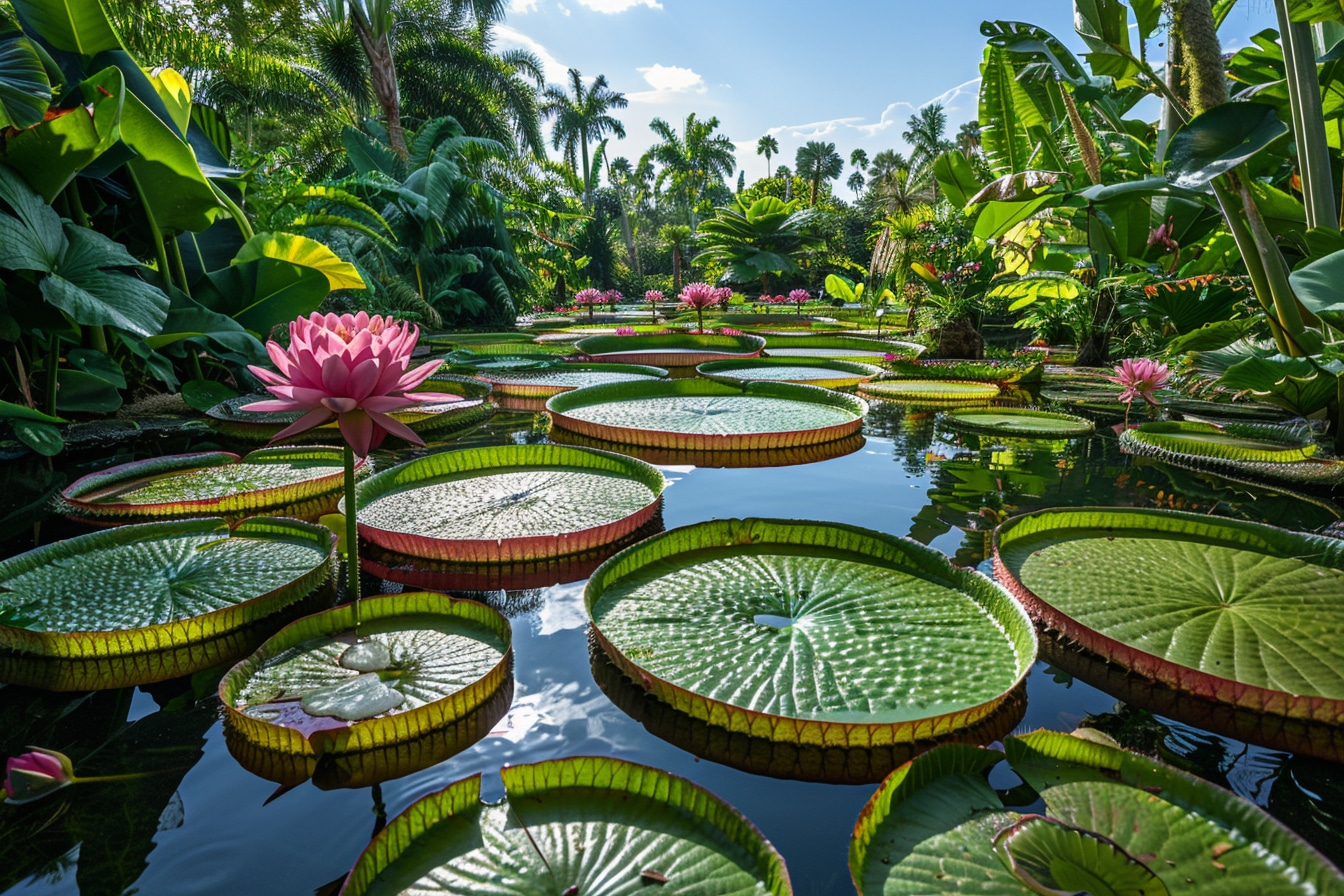
The Sir Seewoosagur Ramgoolam Botanical Garden in Pamplemousses is not only one of the oldest botanical gardens in the Southern Hemisphere but also a site with historical significance. Established in 1735 by the French, the garden was originally designed for the cultivation of medicinal plants and tropical crops.
Today, the garden is home to an impressive collection of plants, including the famous giant water lilies and a variety of indigenous species. The garden also tells the story of Mauritius’ early colonial history and its agricultural development.
Conclusion: A Rich Tapestry of History
Mauritius offers a rich array of historical sites that reveal the island’s diverse and complex past. Whether you’re exploring the legacy of slavery at Aapravasi Ghat, tracing colonial influences at the Blue Penny Museum, or visiting sacred sites like Grand Bassin, each of these locations provides a unique insight into the history that shaped modern-day Mauritius.
In 2024-2025, Mauritius continues to showcase its cultural heritage, providing visitors with a deeper understanding of the island’s journey from colonial rule to independence. With its blend of natural beauty and historical depth, Mauritius is a destination where the past comes alive, making it an essential stop for history lovers and cultural explorers.



